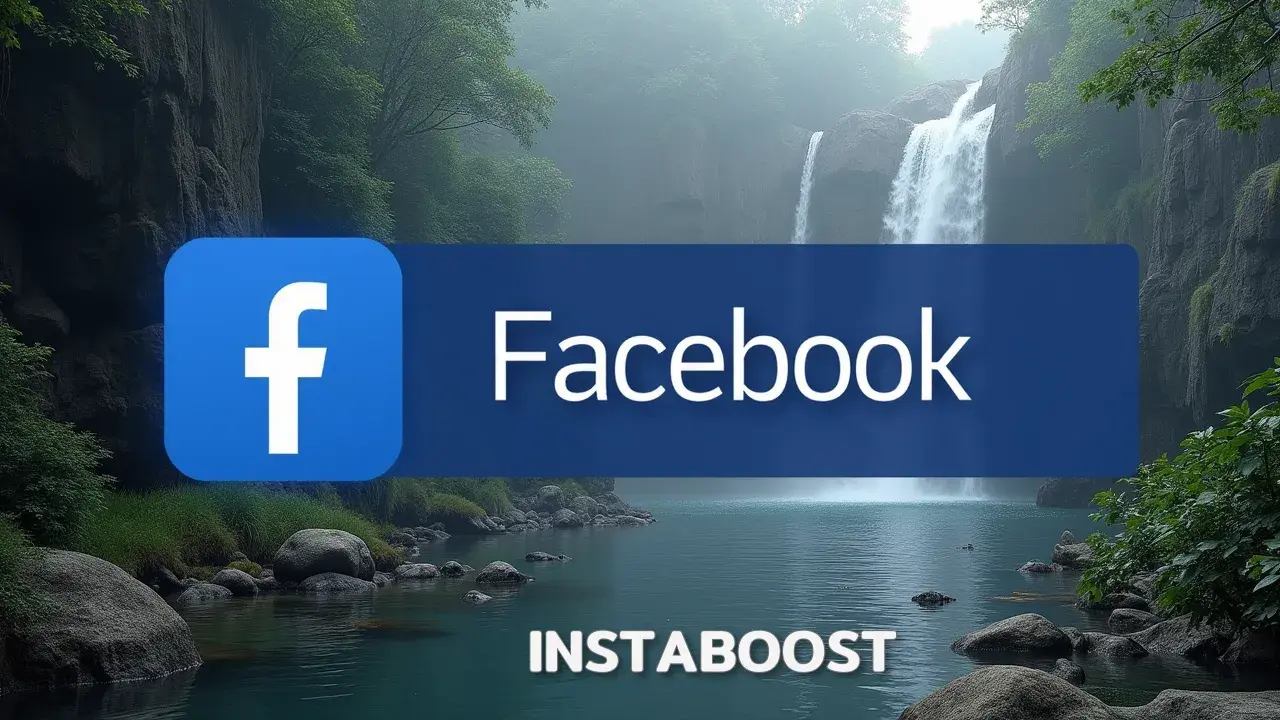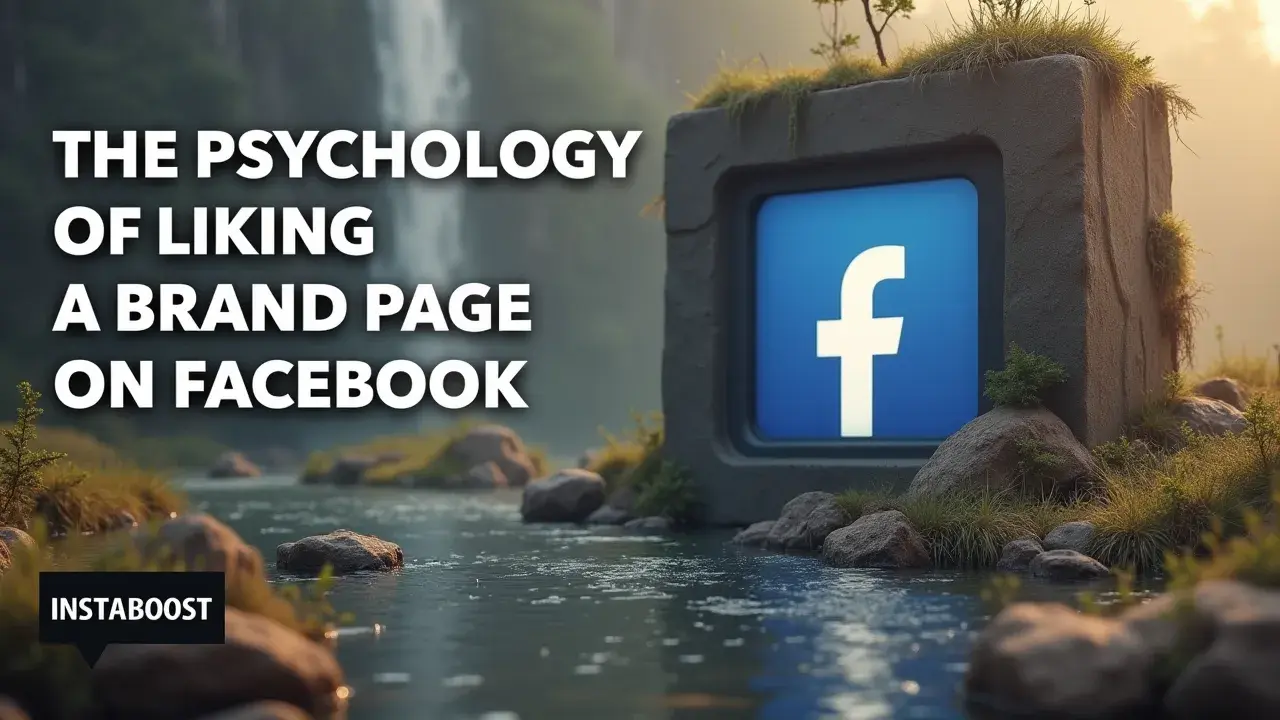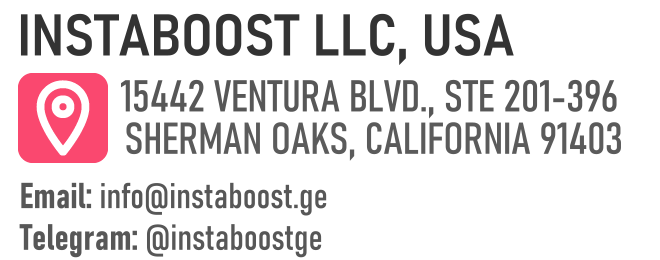What Drives Liking a Brand Page on Facebook?
Liking a brand page on Facebook often reflects a desire for belonging and quick connection. This action can prime casual fans to notice updates, especially when early engagement in the first hour shapes momentum. When guided by clear purpose, thoughtful timing, and audience focus, it supports steady awareness and warmer consideration. The smart path is clean measurement that keeps engagement consistent and growth compounding.
What’s Really Behind a Facebook “Like” for Brands?
When you hit “like” on a brand’s Facebook page, it can feel like a quick, almost automatic thing. But it actually says a bit more about you than you might think. Connecting with a brand online isn’t only about showing support – it’s a way of putting a bit of yourself out there for others to see, whether you’re fully aware of it or not. That single click tells people what you’re into, what you value, or sometimes even what you hope to be associated with.
Friends might notice what you like, and it can shape how you come across, even in small ways. Since a lot of our social lives happen online now, these little actions – like following a brand – end up being part of how we express ourselves.
Friends might notice what you like, and it can shape how you come across, even in small ways. Since a lot of our social lives happen online now, these little actions – like following a brand – end up being part of how we express ourselves.
There’s also the thing where, if you see people you know following a certain brand, you might feel more at ease liking it too, almost like it’s safer or more normal. And behind the scenes, strategies for Facebook growth support that works are constantly evolving, quietly influencing what shows up in your feed and what catches your eye.
So liking a brand’s page is less about that single moment of support, and more about these ongoing patterns – how we connect, how we want to be seen, and how we end up shaping our online circles without really planning to.
So liking a brand’s page is less about that single moment of support, and more about these ongoing patterns – how we connect, how we want to be seen, and how we end up shaping our online circles without really planning to.

Why We Trust “Likes”: The Subtle Power of Social Proof
We stopped guessing and started paying attention to patterns. Social psychology research points out that liking a brand’s page on Facebook isn’t just a small gesture – it’s putting your name out there, and people notice. When you see that a brand has thousands or even millions of likes, it does something at the back of your mind. You start to see that brand as more legitimate, more trustworthy, even before you know much about it. It’s not only about wanting to go along with the crowd, though that plays a part.
There’s another layer – when someone you actually know, maybe a friend or a coworker, likes a brand, that simple act feels a lot more convincing than anything an ad could say. Marketers are always watching for this kind of validation because it shapes how people see a brand online. Sometimes it even crosses my mind how some brands choose to grow your Facebook by buying followers, knowing this number will influence perception before anything else. In the end, clicking “like” isn’t only about our own preferences; it taps into this habit we have of trusting things that already have other people’s approval.
Studies back this up – the more likes a page has, the more likely we are to trust it ourselves. So when you go to like a brand’s page, it’s hard to be sure if you’re doing it for your own reasons, or because you see that everyone else already has. Both things are usually mixed in, whether we notice it or not.
Studies back this up – the more likes a page has, the more likely we are to trust it ourselves. So when you go to like a brand’s page, it’s hard to be sure if you’re doing it for your own reasons, or because you see that everyone else already has. Both things are usually mixed in, whether we notice it or not.
Embracing the Risk: The Art of Strategic “Liking”
It’s easy to overlook how our clicks add up online, especially with something as simple as liking a brand on Facebook. That kind of action can feel almost automatic, but it leaves a mark, and over time, these choices shape what other people and even algorithms see about us. Even if no one’s keeping a detailed list of every page you follow, your collection of likes can show patterns – your interests, your habits, maybe even what groups you want to be associated with. Employers sometimes look at this stuff, and the site’s recommendations definitely respond to it. For some people, liking a brand isn’t only about staying updated or getting special offers; it’s also a quiet way to show what you value or where you fit in.
Interestingly, I’ve even come across services where you can purchase Facebook likes for engagement, which just adds another layer to how these choices might be interpreted. On the other hand, if you’re clicking like on everything that comes your way, it can start to look like you’re not really thinking about it, and your profile can stop feeling like your own. There’s a balance to find here – not being so cautious that you hide your real interests, but also not reacting to every trend just because it’s in front of you.
Being a little more aware of what you like isn’t about trying to outsmart algorithms or curate some perfect image. It’s more about realizing that even these small choices say something, and that’s worth paying attention to, even if it’s only in the background while you scroll.
Being a little more aware of what you like isn’t about trying to outsmart algorithms or curate some perfect image. It’s more about realizing that even these small choices say something, and that’s worth paying attention to, even if it’s only in the background while you scroll.
When “Liking” Backfires: The Mixed Emotions Behind the Click
Sometimes, what’s supposed to be a small win doesn’t actually feel that good. Clicking “Like” on a brand’s Facebook page is a good example. You might get a coupon or a chance to join a special group, or maybe it feels nice for a moment to be part of something.
But there’s often a catch. The main reason people follow brands is to feel included or noticed, but those clicks don’t always sit right. Every “Like” you give is visible to others, and it tends to stick around even after you’ve lost interest. Maybe you only wanted a discount once, or maybe your interests have shifted, and yet your name is still attached to that page.
These “Likes” start influencing what you see online, too – your feed slowly fills up with posts from brands you don’t really think about anymore, and it gets harder to control what shows up. Sometimes it almost feels like the same thing happens with people who buy views for viral content, chasing social proof that lingers longer than you expected. Plus, your “Likes” give away little bits of information about what you care about, and sometimes that feels more public than you expected. Sometimes when you hesitate before clicking, it’s because you’re thinking about how others might see it, or wondering if you’ll wish you hadn’t later. Following a brand page isn’t always as simple as it seems – it can feel like you’ve signed up for something you didn’t fully agree to, and now your name is sitting out there, attached to it, even when you don’t remember why you clicked in the first place.
The Power of Opting Out
It’s easy to get caught up in all the ways we’re pulled to interact online – endless scrolling, quick likes, and following brands without much thought. Even something as basic as choosing which brand pages to like on Facebook can start to mean more than it seems. Every time you click “like,” you’re shaping not only what pops up in your feed, but also how you show up to yourself and anyone glancing at your profile.
If you’re more careful about these small choices, your online identity feels less cluttered and more like you. People click on brand pages for all sorts of reasons – sometimes out of habit, sometimes for a deal, sometimes because everyone else is doing it. Sometimes it’s just a momentary choice, the same way people might look up affordable shares for Facebook posts without really thinking about the ripple effects. Being a little more mindful doesn’t mean treating every click like a weighty decision, but it does help.
Brands will always want your attention, and each like gives them a small foothold in your space, even affecting what your friends see. When you pay more attention to which pages you support, you end up with a feed that reflects what you actually care about, instead of a loose collection of signals you barely remember sending. There’s something in that – figuring out why we respond the way we do, and what kind of profile we’re quietly building, click by click.
Social Currency: Liking as Modern Self-Expression
When you click “like” on a brand’s Facebook page, it does more than show you enjoy their products or posts. It’s a kind of signal to others about who you are or how you want to be seen. Psychologists actually have a term for this – impression management – and it’s everywhere on social media. When you follow a small coffee shop or a yoga gear brand, for example, it isn’t only about the business itself. It’s a way to show your preferences, your interests, or even the direction you want your life to go. The “like” becomes a sort of marker, visible to your friends or anyone who checks your profile.
Most of the time, it’s less about a deep loyalty to the company and more about shaping your online presence, almost without thinking too much about it. Studies into digital identity show that these clicks, over time, start to build up a picture of who you are – for yourself as much as for others. Brands are well aware of this, and they design their pages and ad campaigns to tap into that, offering more than just products. They try to create a sense of group or an idea of a shared lifestyle, something that might feel comfortable to belong to. Some people even notice how easy it is to buy targeted reactions on Facebook, which shows just how much value is placed on these small online signals.
When you pause over that “like” button, it’s worth thinking for a moment about what’s behind it – whether you want to fit in, stand out, or if it’s just habit at this point. Even a small action like that can have a way of quietly shifting how you’re seen online, not just by people but by the systems sorting through all these signals in the background.
Real-World Signals: Gaining Trust by Breaking the Mold
We tried going against the usual advice and found that it actually brought more attention our way. Most marketers will say brand pages on Facebook should look polished, keep things consistent, and stick to a planned posting routine. But the thing is, when it comes to trust, there’s more happening than just how things look or sound.
People can tell when something’s real. When a brand shares something a bit out of the ordinary – like a rough snapshot from the office, a straightforward reply that’s not run through three drafts, or even a simple acknowledgment of a mistake – it comes across differently. It’s not what most of us are used to seeing, especially when so many posts feel like they’ve been through a filter and approved by a committee. Liking a brand’s page isn’t really about being a fan of their products as much as it’s a small show of trust in the folks running it. There’s research in social psychology that backs this up – people tend to trust openness and vulnerability more than glossy images or perfectly worded statements.
So when brands let people see a bit of what’s real, even if it’s not exactly on script, it seems to matter. You notice it. And when enough people notice, it starts to mean something. Liking a brand on Facebook isn’t just picking a logo or jumping on a trend; it’s more about putting a bit of trust in something that feels like it has a real person behind it. Something similar comes up whenever people talk about ways to expand your Facebook influence – the advice always circles back to authenticity. In a feed where most posts are selling something, it’s the ones that feel credible that quietly influence us, even if we don’t always realize it.
Turning Likes Into Real Engagement: The Next Step for Brands
Most people don’t need another set of Facebook tips – they need to see some real movement. For a lot of brands, the challenge isn’t racking up more likes; it’s figuring out how to turn those quick taps into meaningful conversations and some actual trust. After a while, you start to notice that people aren’t really looking for another polished post in their feed. What matters more is whether something feels connected to their real experience, something that doesn’t just float by. That’s where things often go sideways: brands get caught up in whatever new tactic is trending, chasing numbers, instead of building something worth coming back to.
If you look at how people actually use social media, it’s clear – most are looking for genuine back-and-forth, or at least a sense that they belong somewhere, instead of another video or graphic. There’s always someone offering a shortcut to get more Facebook followers fast, but numbers alone won’t spark anything memorable. So if you want your page to matter, it helps to move away from counting likes and start thinking about how to make space for people to join in. Hosting a live Q&A, showing up in the comments in a way that feels real, sharing a story that people might want to respond to – or even disagree with – these are the kinds of things that make a difference.
When you set things up so people can actually take part, you start to tap into why anyone would care about your brand in the first place. That’s where you see progress – not by filling up the feed, but by focusing on the kind of interactions that make people want to stick around, or maybe even invite someone else in. Liking a page is easy. Figuring out how to turn that into something that lasts is where the real work begins.















